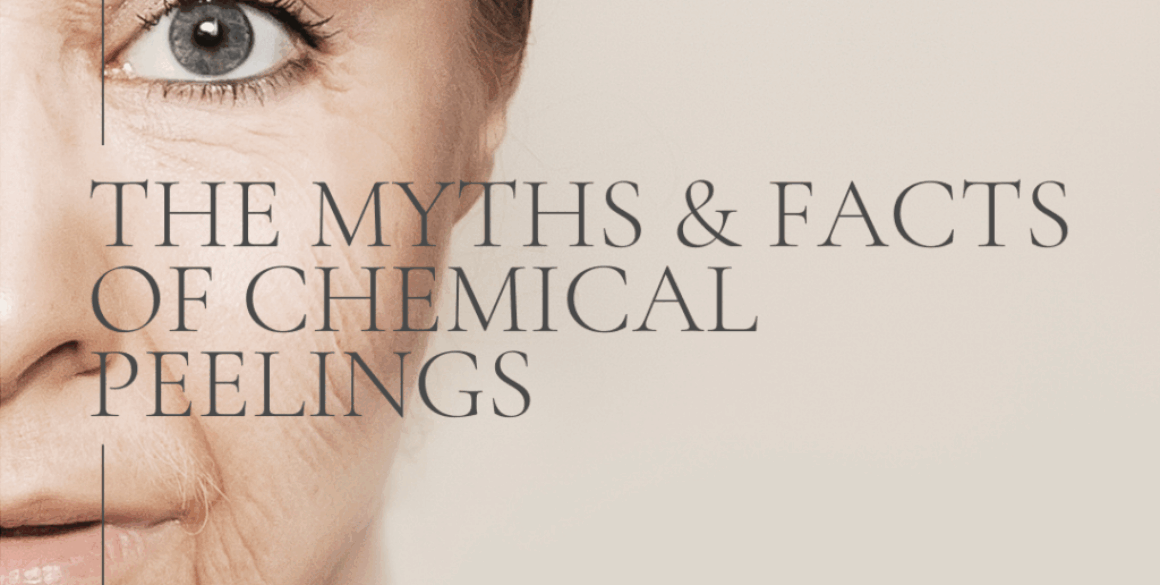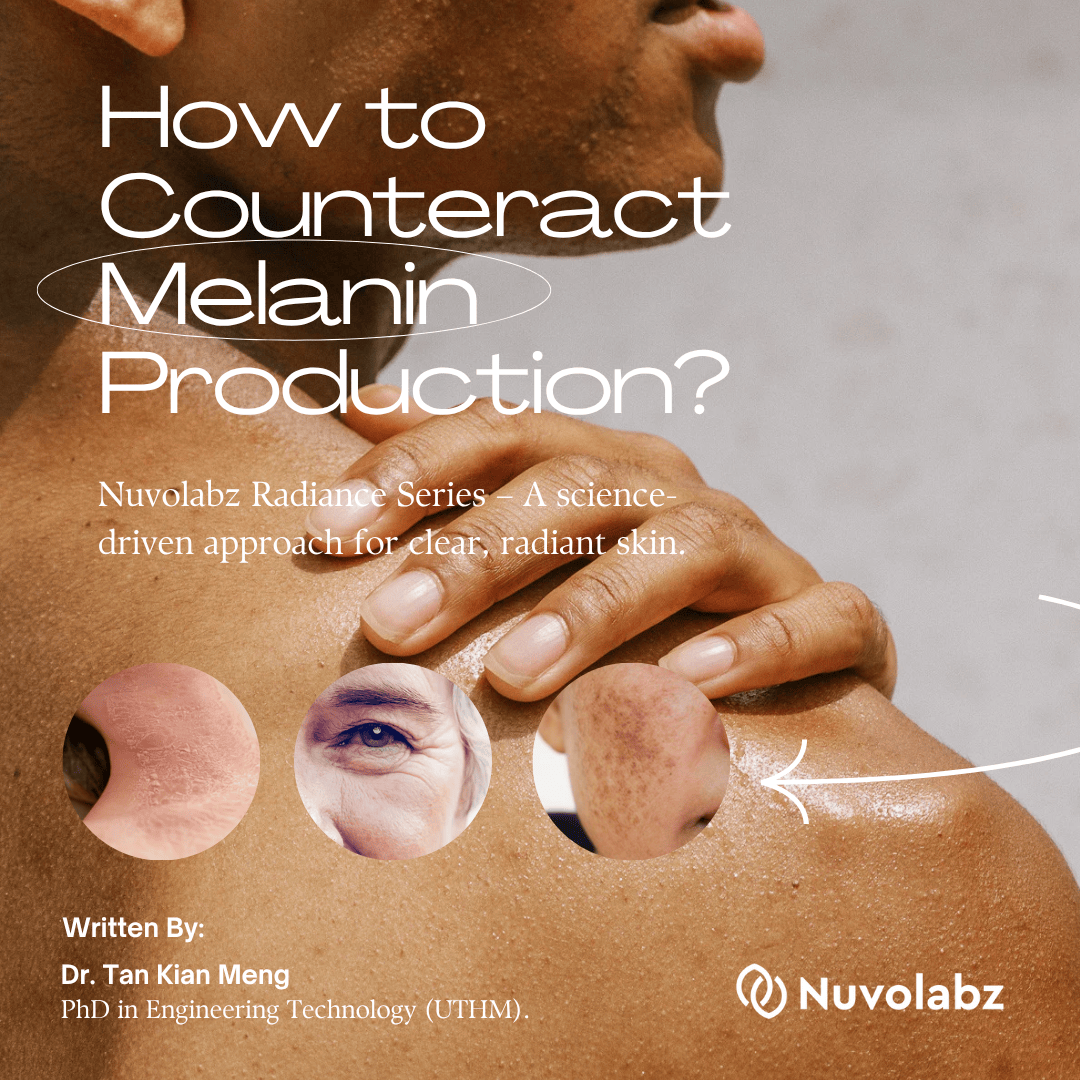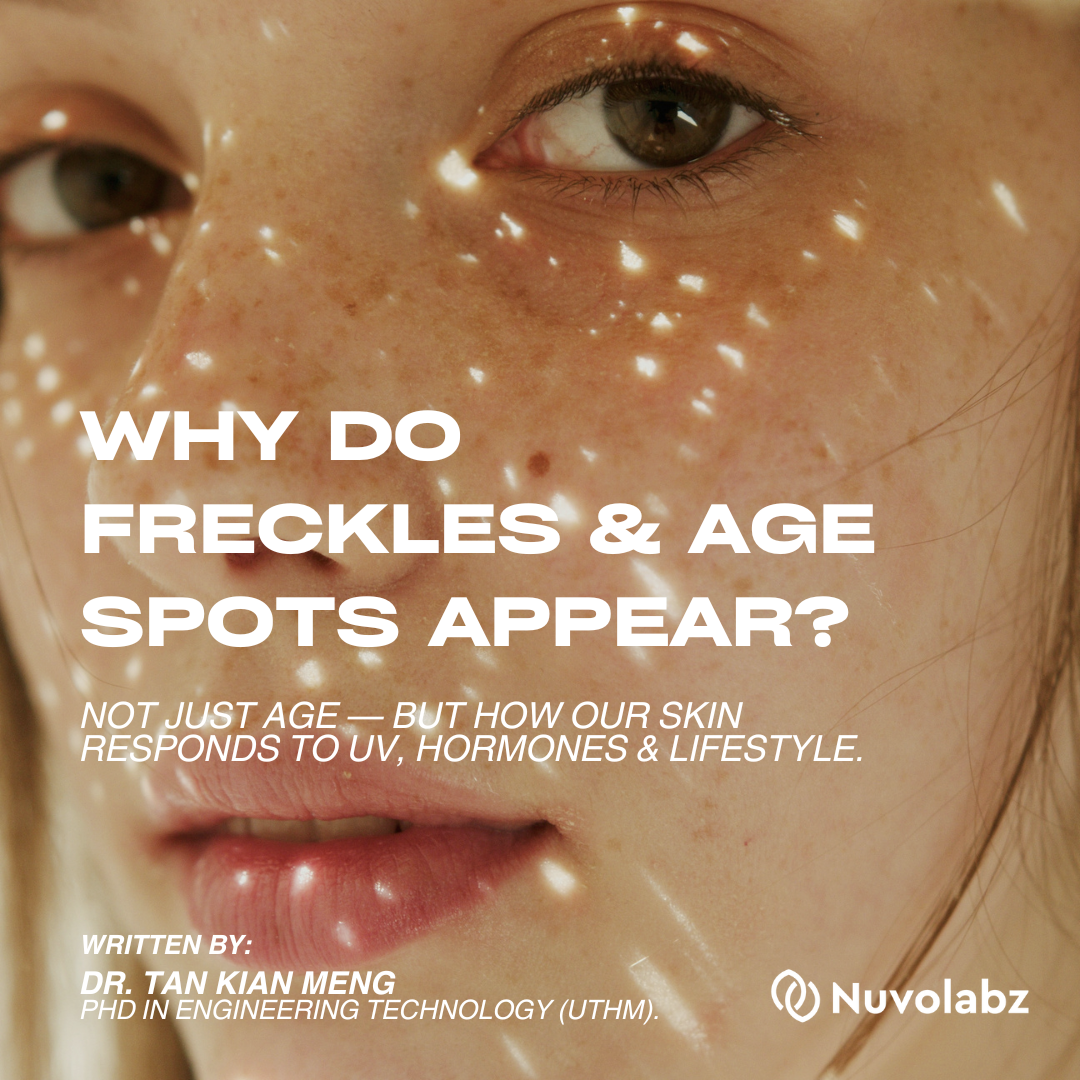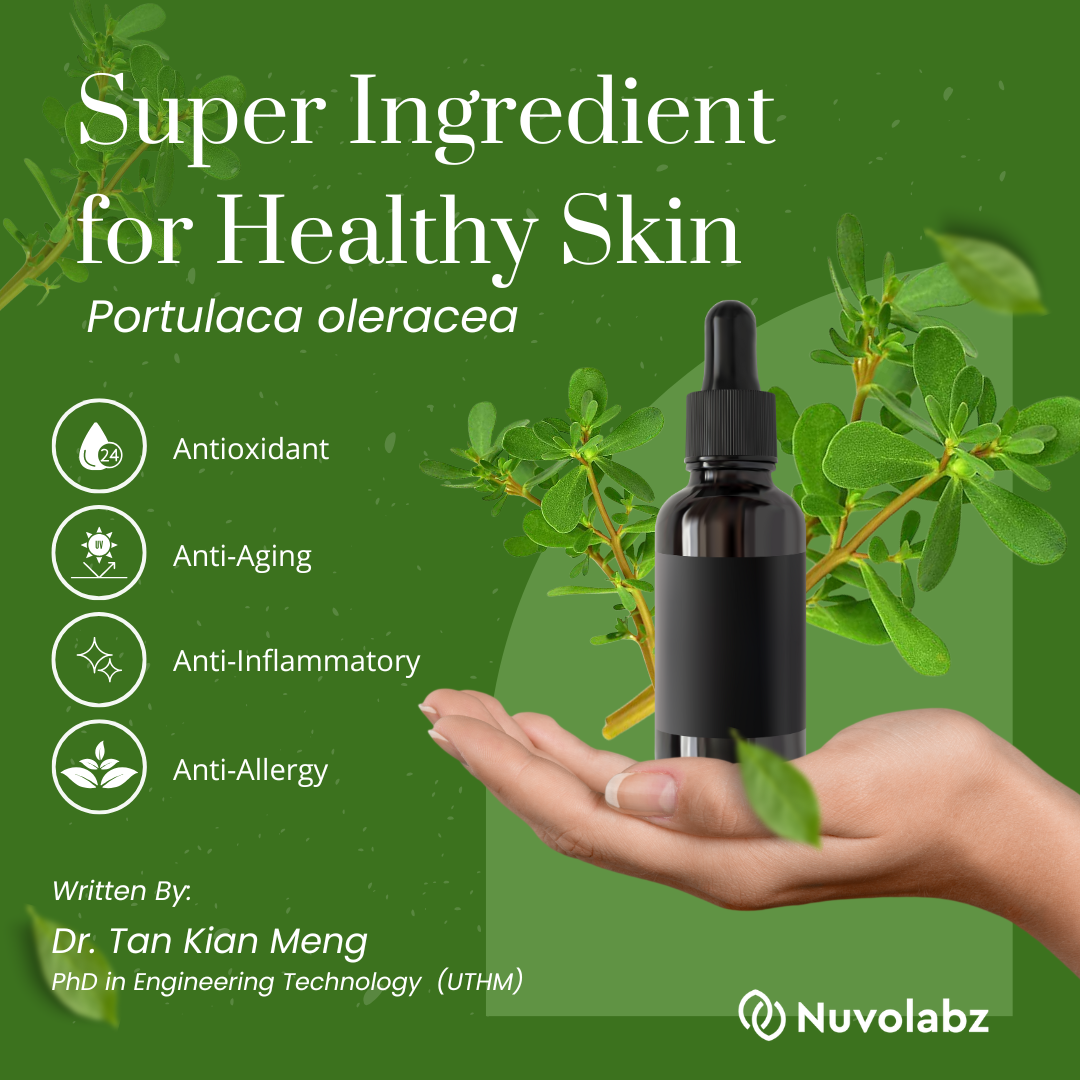When it comes to skincare treatments, chemical peels have gained popularity for being effective, relatively affordable, and safe when performed correctly. They’re not just for treating skin concerns—they also refresh and rejuvenate the skin.
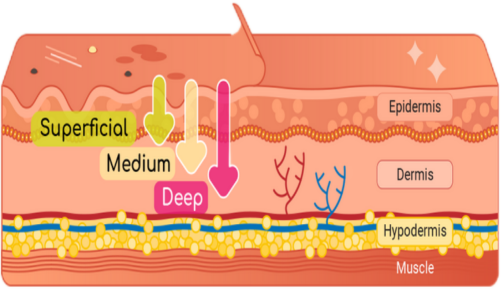
Types of Chemical Peels
Chemical peels are usually categorized based on how deeply they penetrate the skin:
-
Superficial
-
Medium
-
Deep
The effectiveness of a peel depends on factors such as:
-
pH and concentration of the solution
-
Application technique
-
The individual’s skin condition and sensitivity
AHAs vs. BHAs – What’s the Difference?
Two well-known groups of ingredients used in chemical peels are Alpha Hydroxy Acids (AHAs) and Beta Hydroxy Acids (BHAs).
-
AHAs work mainly on the skin’s surface, removing dead cells and brightening skin.
-
BHAs, on the other hand, penetrate deeper into the pores, making them excellent for oily and acne-prone skin.

Here’s a quick breakdown:
Myths About Chemical Peeling
A lot of people hesitate to try chemical peels because of misconceptions. Common ones include:
-
“My skin will peel like crazy after the treatment.”
-
“I have sensitive skin, so chemical peels aren’t for me.”
In reality, chemical peels can be tailored to suit different skin types and concerns. For example, Ethereal’s Reformulation Treatment Set is specifically designed to target signs of ageing, even for those with sensitive skin.
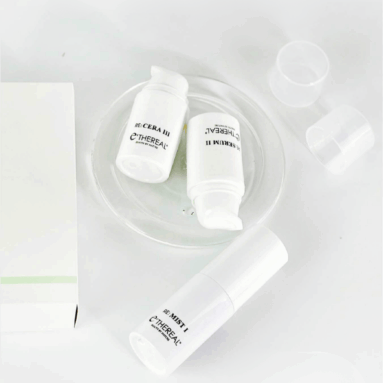
Why Mandelic Acid Stands Out
Among AHAs, mandelic acid has been gaining attention as a gentler alternative.
-
Its larger molecular structure allows for slower penetration, which reduces irritation.
-
It works as a superficial peel, providing mild exfoliation that’s safe for sensitive skin.
-
Thanks to its anti-inflammatory and antibacterial properties, it’s helpful for acne-prone skin.
Studies have shown mandelic acid can inhibit microorganisms like S. aureus, E. coli, and C. albicans, which are linked to skin infections. Compared to salicylic acid (better for non-inflammatory acne), mandelic acid shines in treating inflammatory acne because of its soothing effect.
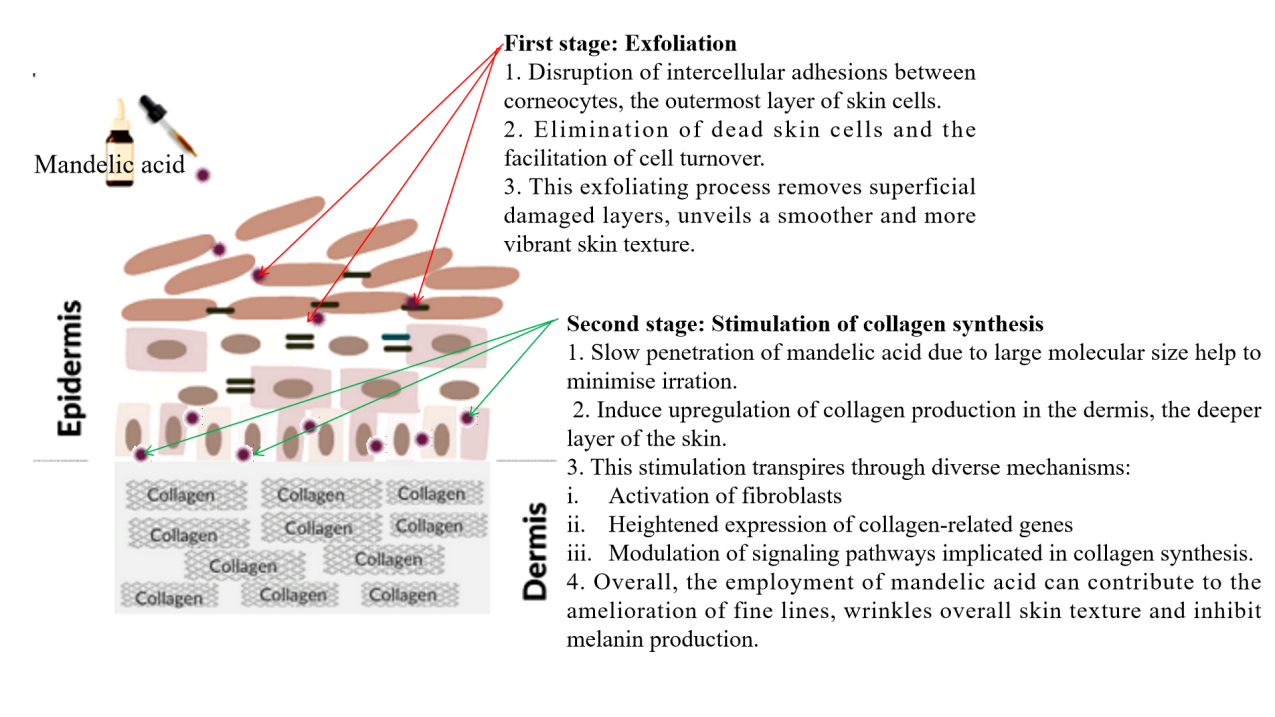
Mandelic Acid for Other Concerns
-
Hyperpigmentation & melasma → Inhibits melanin production, evens skin tone
-
Ageing → Stimulates collagen and reduces fine lines
-
Oily skin → Its lipophilic nature helps control oil, brighten skin, and improve texture
In fact, salicylic–mandelic acid combination peels are often better tolerated for Indian skin tones, while mandelic acid alone has shown safety and effectiveness in Asian populations.
The Bottom Line
Chemical peels aren’t a one-size-fits-all treatment. From glycolic acid for powerful exfoliation to mandelic acid for sensitive skin, there’s a solution for almost everyone. With the right formulation and professional guidance, peels can address acne, hyperpigmentation, ageing, and overall skin health—without the scary myths.
References
- Almeman, A. A. (2024). Evaluating the Efficacy and Safety of Alpha-Hydroxy Acids in Dermatological Practice: A Comprehensive Clinical and Legal Review. Clinical, Cosmetic and Investigational Dermatology, 17, 1661–1685. https://doi.org/10.2147/CCID.S453243
- Dayal, S., Kalra, K. D., & Sahu, P. (2020). Comparative study of efficacy and safety of 45% mandelic acid versus 30% salicylic acid peels in mild‐to‐moderate acne vulgaris. Journal of cosmetic dermatology, 19(2), 393-399.
- Edison, B. L., Smith, H. A., Li, W. H., Parsa, R., Green, B. A., Konish, P., … & Tierney, N. K. (2020).Mandelic acid, a lipophilic alpha hydroxy acid, reduces lipid production, enhances exfoliation and provides clinical and patient perceivable benefits to oily and photodamaged skin. Journal of the American Academy of Dermatology, 83(6), AB97.
- Jacobs, S. W., & Culbertson, E. J. (2018). Effects of Topical Mandelic Acid Treatment on Facial Skin Viscoelasticity. Facial plastic surgery : FPS, 34(6), 651–656. https://doi.org/10.1055/s-0038-1676048
- Karwal, K., & Mukovozov, I. (2023). Topical AHA in Dermatology: Formulations, Mechanisms of Action, Efficacy, and Future Perspectives. Cosmetics, 10(5), 131. https://doi.org/10.3390/cosmetics10050131
- Sarkar, R., Ghunawat, S., & Garg, V. K. (2019). Comparative Study of 35% Glycolic Acid, 20% Salicylic-10% Mandelic Acid, and Phytic Acid Combination Peels in the Treatment of Active Acne and Postacne Pigmentation. Journal of cutaneous and aesthetic surgery, 12(3), 158–163. https://doi.org/10.4103/JCAS.JCAS_135_18
- Wójcik, A., Kubiak, M., & Rotsztejn, H. (2013). Influence of azelaic and mandelic acid peels on sebum secretion in ageing women. Postepy dermatologii i alergologii, 30(3), 140–145. https://doi.org/10.5114/pdia.2013.35614
Written By: Dr. Tan Kian Meng PhD in Engineering Technology (University Tun Hussein Onn Malaysia, UTHM).

